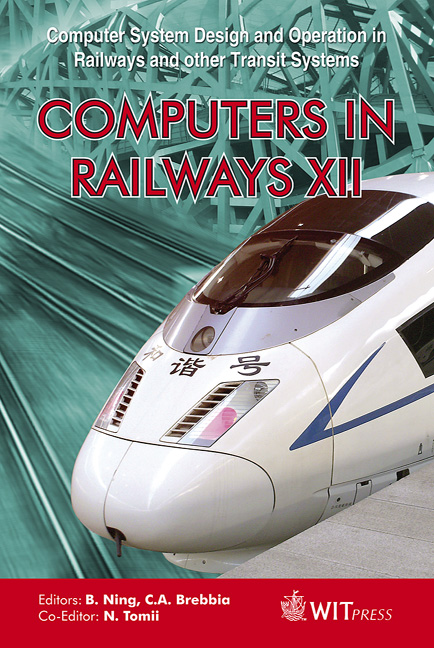A Framework For Modeling Train Control Systems Based On Agent And Cellular Automata
Price
Free (open access)
Transaction
Volume
114
Pages
15
Page Range
23 - 34
Published
2010
Size
638 kb
Paper DOI
10.2495/CR100031
Copyright
WIT Press
Author(s)
J. Xun, B. Ning & T. Tang
Abstract
A train control system is a system that is geographically and functionally distributed. Its subsystems have a high degree of autonomy. Because of these characteristics, this paper describes a two-layer framework for modeling train control systems. The upper-layer is defined by agents. The lower-layer is the cellular automata (CA) traffic model to simulate the train following dynamic. The CA model delivers the knowledge needed by the agents to make decisions. The interaction between agents can describe the decision-making processes of train control systems to achieve its functions. Its functions are classified into three levels: Service Control Functionality, Signaling Functionalities and Train Operation Functionality. A case study is used to illustrate the applicability of the proposed framework. The study results show that the proposed framework can be successfully used to analyze the influence on traffic flow, which is caused by the train control system. Keywords: modeling, train control system, agent, Cellular Automata (CA). 1 Introduction A train control system model is an important tool to research train control systems. The previous models are based on the equipments that are used in the practical train control system. For different train control systems, they may have different equipments. In other word, the equipments that constitute the train control system can be tailored towards requirements. This leads to different systems having different system configurations. It is possible to accept the nonuniformity of the configurations in practical projects; however, it is not conducive to understanding the train control system.
Keywords
modeling, train control system, agent, Cellular Automata (CA)





